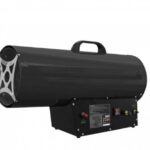Table of Contents
In the realm of cattle management, the squeeze chute stands as a pivotal tool, ensuring the safety and efficiency of routine handling tasks such as health checks, vaccinations, and tagging.
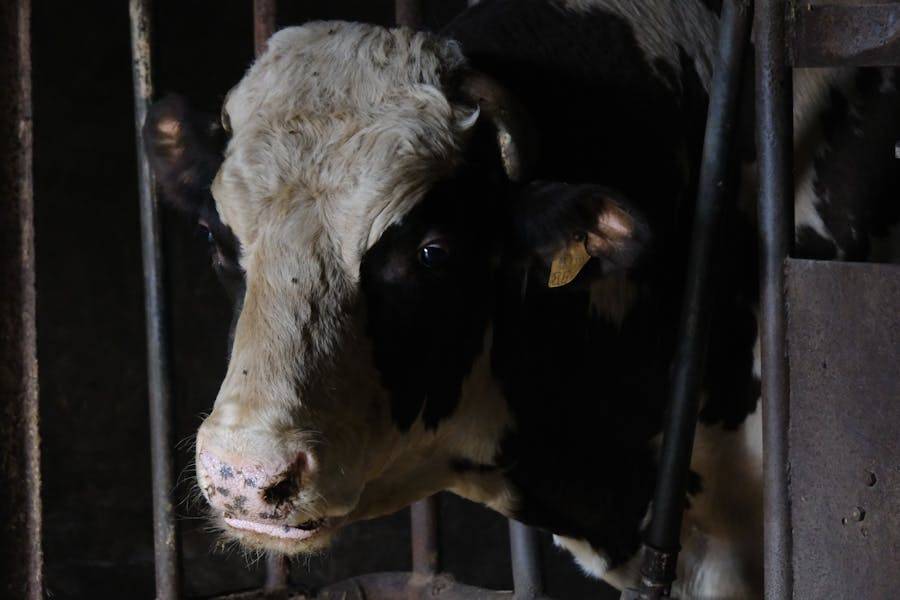
Constructing a DIY squeeze chute not only offers cost savings but also provides an opportunity to tailor the design specifically to your herd’s requirements.
This comprehensive guide aims to walk you through the process of planning, designing, and building a squeeze chute that meets the unique needs of your operation while prioritizing the safety and welfare of both cattle and handlers.
Understanding the Basics
Importance of a Squeeze Chute
![]() A well-designed squeeze chute is crucial for managing cattle safely. It restrains the animal, minimizing stress and risk of injury, thereby facilitating various management procedures.
A well-designed squeeze chute is crucial for managing cattle safely. It restrains the animal, minimizing stress and risk of injury, thereby facilitating various management procedures.
The efficiency of veterinary examinations, treatments, and even daily operations hinges significantly on the functionality of the squeeze chute, emphasizing its vital role in farm operations.
Types of Squeeze Chutes
Squeeze chutes can be broadly categorized into manual and hydraulic models. Manual chutes are operated by physical force, making them more suitable for smaller herds or less frequent use.
Hydraulic chutes, powered by mechanical systems, offer more control and reduce manual labor but come with higher initial costs.
For the DIY builder, a manual squeeze chute presents a practical balance of functionality, cost, and customization.
Planning Your Project
Assessing Your Needs
Before cutting any metal or welding any joints, take the time to assess your operation’s specific needs.
Consider the size of your herd, the average size and weight of your cattle, and the types of procedures you’ll be performing.
This assessment will inform the dimensions, features, and materials of your chute, ensuring it is fit for purpose.
Choosing a Location
The location of your squeeze chute is just as crucial as its design. It should be easily accessible for cattle and handlers alike, ideally integrated into your existing handling system or corral setup.
Consider drainage, as standing water can lead to rust in metal components and discomfort for both cattle and humans.
Additionally, think about the direction of sunlight and wind to maximize comfort and usability year-round.
Design Considerations
Safety Features
Safety is paramount when designing your squeeze chute. Features such as non-slip floors, rounded corners, and emergency exits can significantly reduce the risk of injury.
The design should allow for quick release and easy access in case of an emergency, ensuring that both cattle and handlers are protected.
Materials Selection
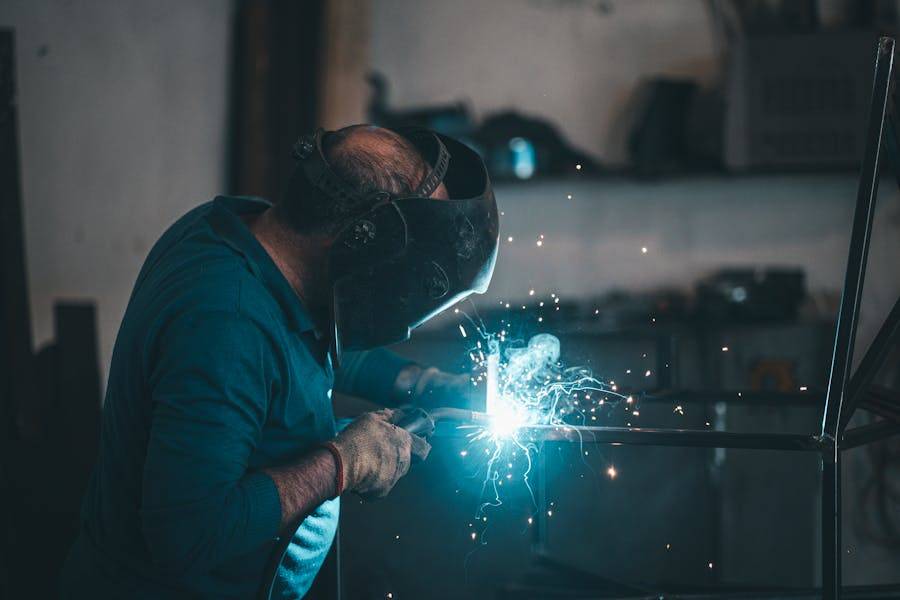
Durability, safety, and maintenance are key factors in selecting materials for your squeeze chute. Galvanized steel is a popular choice due to its strength, longevity, and resistance to corrosion.
While wood may be more accessible, it lacks the durability and safety profile of steel, especially when exposed to the elements and the considerable force exerted by cattle.
Construction Steps
Planning and Procurement
Before any physical work begins, a thorough planning phase is essential.
You’ll need to assess the specific needs of your operation, including the size and number of cattle, frequency of use, and the procedures you’ll be performing using the chute.
Selecting a procurement method for materials and tools that suit your project can significantly affect its overall success.
It is also crucial at this stage to ensure your construction complies with local agricultural and building regulations.
After identifying a suitable site for your squeeze chute, considering access, drainage, and integration with existing facilities, you can move on to sketching initial designs focusing on safety features, adjustability, and ease of use.
Financial Management
Developing a budget that accurately reflects the costs of materials, tools, and any external labor is a critical step in the planning process.
Determining how the project will be funded, whether through operational funds, loans, or grants, is equally important.
Keeping a close eye on expenditures throughout the project will help ensure it stays within the budget.
Design and Documentation
Although a full design team may not be necessary for a DIY project, consulting with experienced farmers or engineers can provide valuable insights.
Utilizing simple CAD software to refine your design can help in visualizing the chute and planning the construction process.
Once the design is finalized, including dimensions, materials, and special features like adjustable sides or a vet gate, you can begin preparing for construction.
Site Preparation and Construction
Ensuring the construction area is secure and safe is the first step in the physical realization of your squeeze chute.
Preparing the site by clearing and leveling the area and ensuring proper drainage will set a solid foundation for the construction process.
Creating designated areas for material storage that protect them from the elements but keep them accessible is also vital.
The construction kicks off with foundational elements such as the base frame, using durable materials like galvanized steel for longevity.
Building the chute according to the detailed design requires particular attention to the squeeze mechanism to ensure it operates smoothly and safely.
Commissioning and Handover
Testing all aspects of the squeeze chute to confirm they function as intended is crucial before putting it into regular use.
Any issues found during testing should be addressed immediately, making necessary adjustments to the design or construction.
Ensuring the final structure complies with all relevant safety and agricultural standards is also essential.
Training for the owner and any operators on the safe operation of the squeeze chute, emphasizing best practices for animal welfare, is a vital part of the commissioning process.
Maintenance and Demolition
Establishing a routine maintenance schedule to inspect and service the chute will ensure its longevity and functionality.
This schedule should include checking for wear, lubricating moving parts, and making repairs as needed.
Should the chute no longer be needed, exploring options for recycling or repurposing materials can minimize waste.
Safety and Sustainability
Implementing safety measures to protect against accidents is a key concern throughout the construction and operation of the squeeze chute.
Choosing materials and methods that minimize environmental impact, such as using locally sourced, recycled steel, demonstrates a commitment to sustainable practices.
Customization Options
Adjustable Width
Incorporating an adjustable width feature allows your chute to accommodate cattle of various sizes securely.
This can often be achieved by adding a series of locking positions for the squeeze mechanism, enabling it to tighten to different extents.
Additional Features
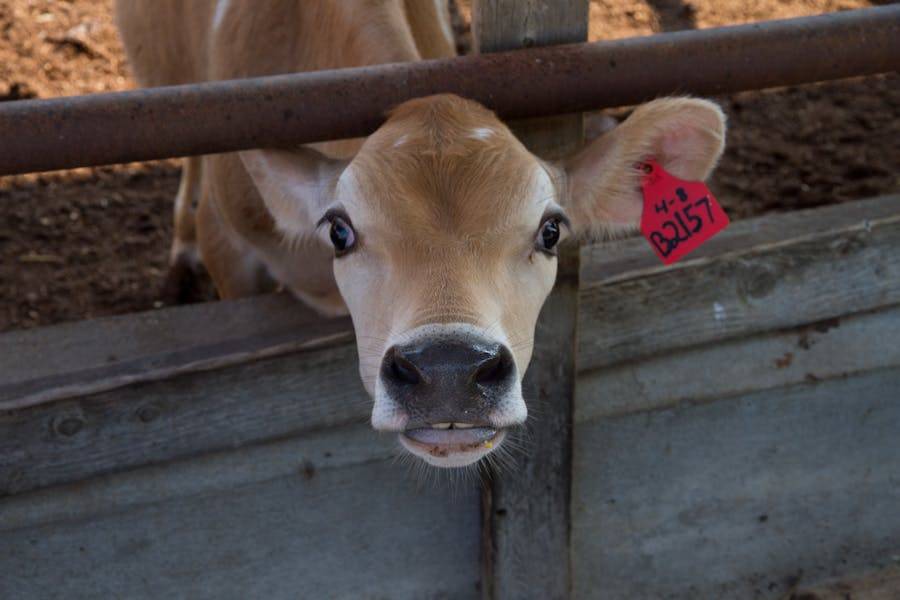
Consider adding a headgate to secure the animal’s head during procedures like tagging or medical treatment.
Side exits can be beneficial for quick release in emergencies or for sorting, and vet doors provide access for examinations and treatments without requiring the handler to enter the chute.
Safety and Maintenance
Regular Checks and Maintenance
Routine inspections and maintenance are essential to ensure the longevity and safe operation of your squeeze chute.
Check all moving parts for wear and tear, lubricate where necessary, and make immediate repairs to any damaged components.
Handling Safety
Educate all handlers on the proper operation of the squeeze chute to minimize stress for the cattle and reduce the risk of injury.
Establish protocols for dealing with emergencies and ensure that all users are familiar with them.
Conclusion
Building a DIY squeeze chute is a significant undertaking that can enhance the safety, efficiency, and effectiveness of cattle management practices.
By carefully planning, designing, and constructing your chute with the principles outlined in this guide, you can create a valuable asset for your operation.
Remember, the success of your squeeze chute relies not just on the quality of its construction but also on the thoughtfulness of its design and the diligence of its maintenance.
With the right approach, your DIY squeeze chute will serve your operation reliably for years to come.

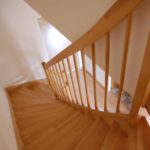
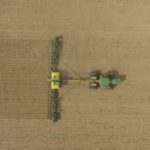


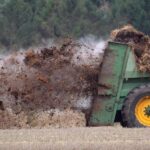
![DIY Snow Shovel [Step-By-Step Guide] DIY Snow Shovel [Step-By-Step Guide]](https://homesteadandprepper.com/wp-content/uploads/2022/07/Making-homemade-snow-shovel-150x150.jpg)

